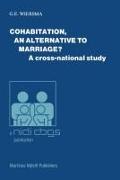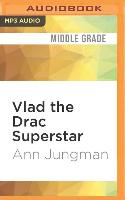Cohabitation, an Alternative to Marriage?
BücherAngebote / Angebote:
1. BACKGROUND In the last ten years there has been much popular discus sion and also a great scholarly interest in the so-called "alternative lifestyles" (1). ESgecially, since the late 1J60's, a diversity of lifestyles other than the nuclear family began to emerge, according to demographic changes in household compositions during the past decade (US Bureau of Census, 1979, Centraal Bureau voor de Statistiek, 1930). One lifestyle, non-marital cohabitation, has increased most dra matically during the ~ast ten years and is the subject of this study. The term cohabitation will be used exclusively throughout the remainder of this study to refer to hetero sexual couples who are living together without being married legally. Despite its recent rapid increase, one should not overlook the fact that cohabitation, in comparison with legal marriage, remains an alternative practiced by a minority of the couples at any ?oint in time. For the Netherlands, it is estimated that 7 percent of all couples are living together unmarried, and 93 percent are married (Straver, 1981). This cohabitation rate is about twice as low when compared to rates in countries like Sweden and Denmark where they are 16 percent (the highest rate in Europe) and 13 percent (Trost, 1979), but still about twice as high when compared to the 3 percent estimate for the United States (Macklin, 1980).
Folgt in ca. 15 Arbeitstagen




